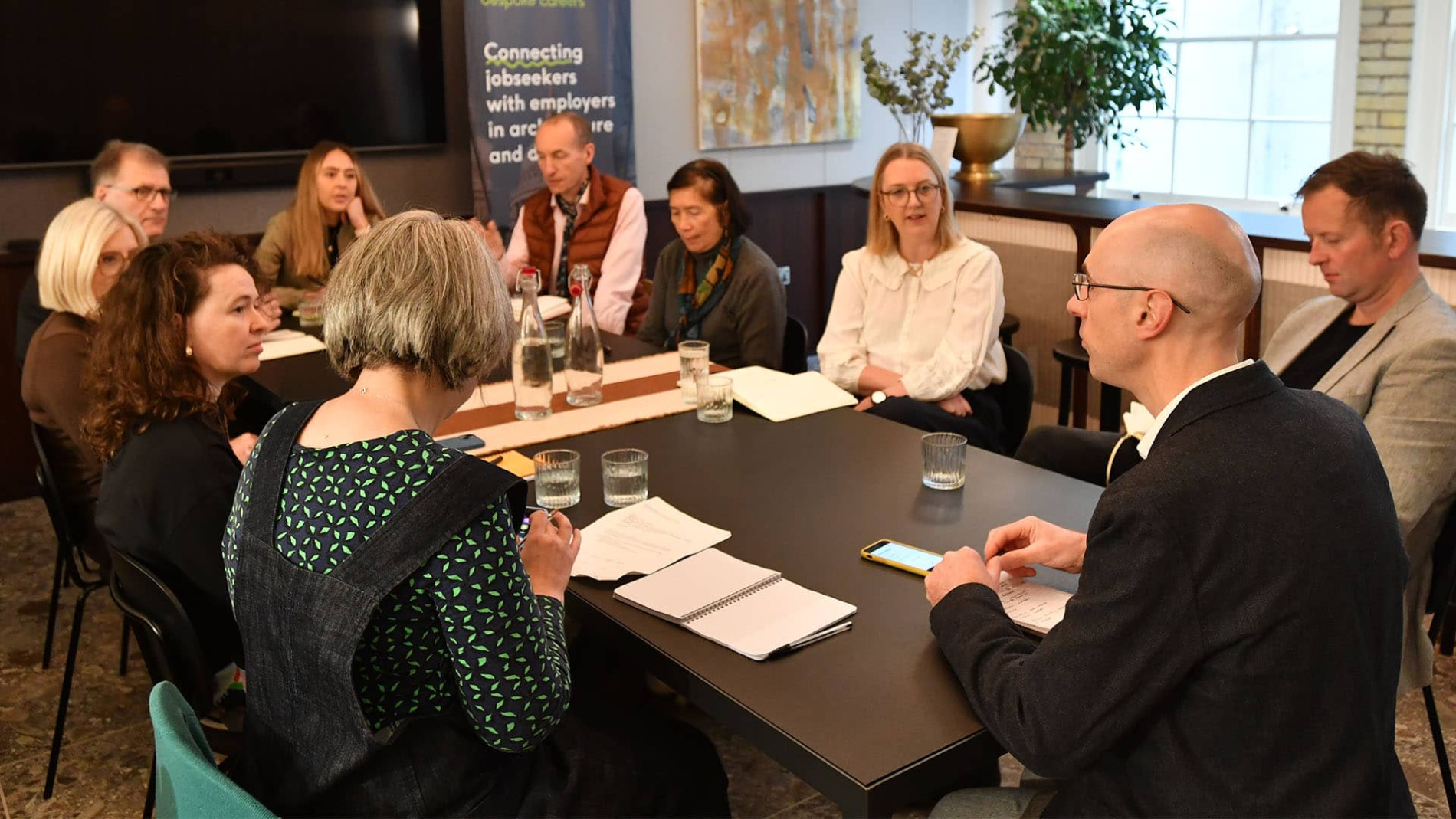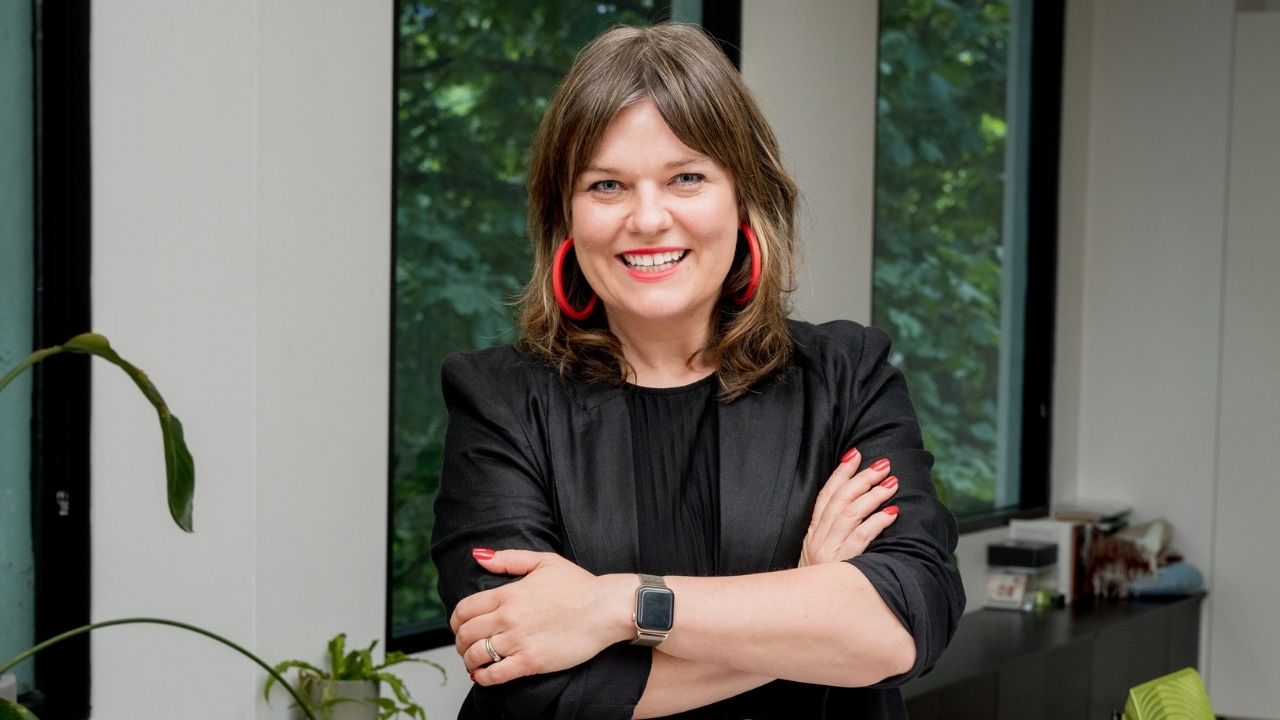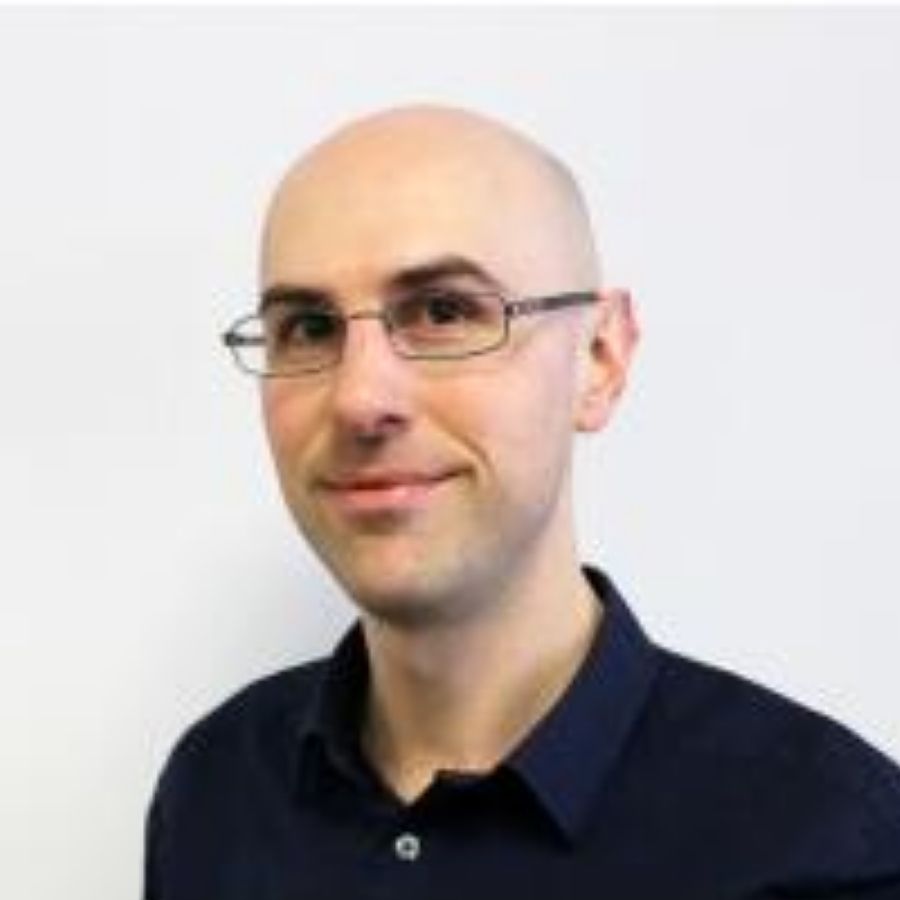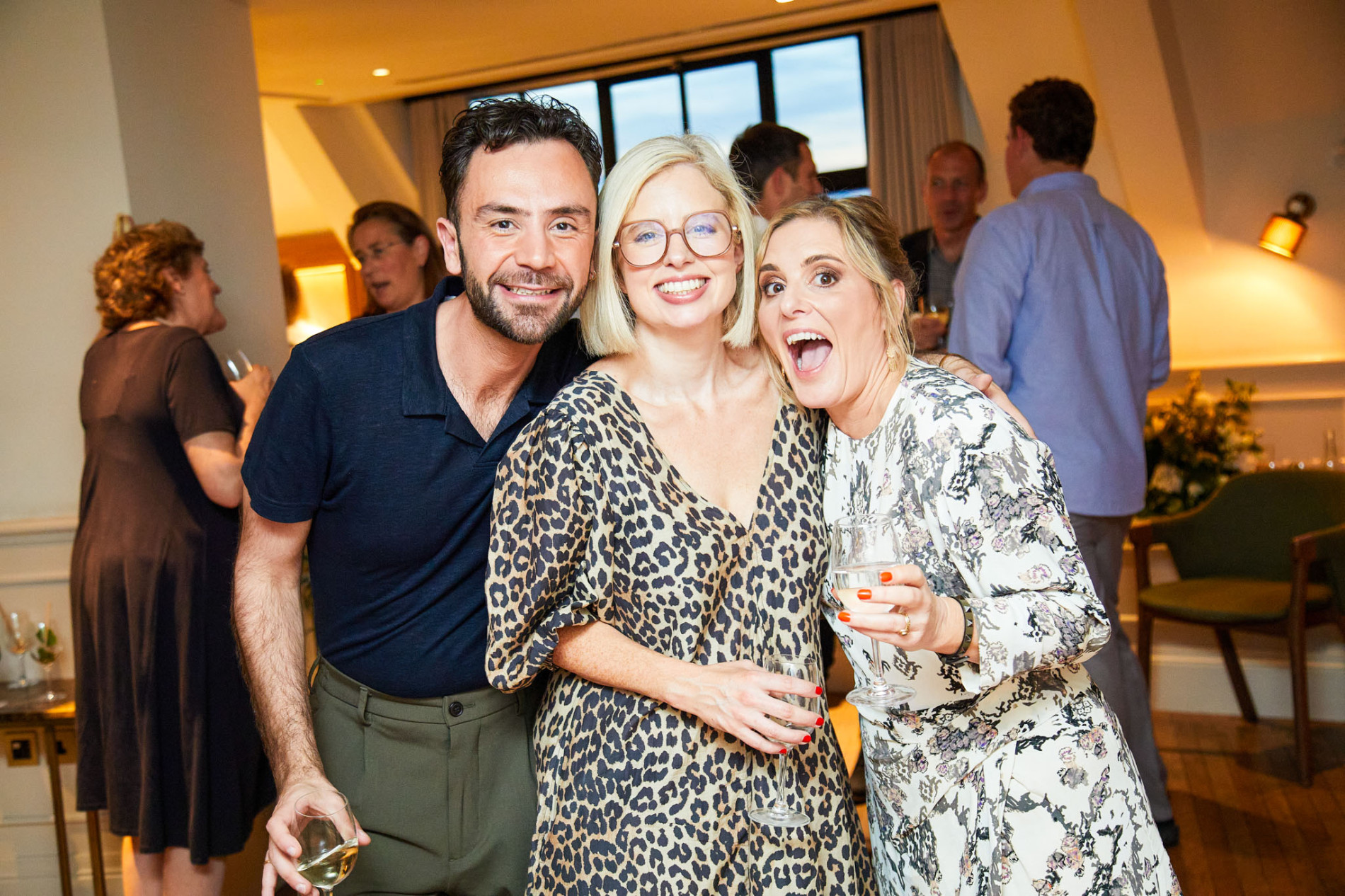
Improve your recruitment process and avoid hiring in haste
A panel of experts discussed how best to manage the recruitment process in a fast-changing market.
How can practices juggle staffing and recruitment in a fast-changing market? Which interview questions get the best results? And why might versatile candidates be the best bet? The AJ and recruitment specialist Bespoke invited a panel of experts to share their thoughts on these pertinent topics at a roundtable discussion last month, held at the London offices of acoustics specialist The Collective.
Panellists set the scene by outlining the market conditions that are driving their hiring strategies. While they have all been recruiting recently, unpredictability is clearly an underlying issue, especially the concern that they could staff up for a particular project only to have it paused a few months in.
‘We’ve been challenged in recruitment recently over the last little while due to the uncertainties in the market,’ said Daniel Hajjar, managing principal (London and Dubai) at HOK. Despite strength in the science and technology and healthcare markets plus an uptick in sports work, the practice has still experienced ‘lots of stops and starts’. Add in the complexities of the planning process, and the timing of recruitment is something of a gamble.
While Studio PDP had a big recruitment drive in the summer and is now hiring for strategic level positions, Sophie Tait also cited stop-start project flow as a challenge, along with more time-charged work. ‘We found it to be quite a volatile year,’ she said.
Sam Kirk, director of BCI Studio, which often takes on a role between the client and the broader design and architecture team, has noticed a reluctance to commit to construction.
‘A lot of our clients are taking things to planning and not necessarily a lot further. Maybe testing the water,’ he said.
‘Do we accept a job and then, if we do, have to look for another 10-15 architects?’
The infrastructure market has taken ‘quite a big hit’ due to conversations around HS2 and the next election said Gabi Code, London studio lead at AtkinsRéalis, which has a team of 100 architects in London and is looking to grow as it seeks to position itself as more of a design as well as a technical delivery practice. ‘We want really good designers, creative thinkers … to inject into the company,’ said Code.
Eric Parry Architects, meanwhile, has expanded quickly in the last year due to a growth in UK work and now has the staffing requirements of 24 projects to navigate.
‘It’s a difficult game to juggle,’ said director Jin Georgiou, adding that the practice has had to turn down quite a few jobs due to capacity. It is now, she said, ‘having to make important decisions – do we accept a job and then, if we do, have to look for another 10-15 architects?’
There are also challenges in the international markets. BCI Studio, which has 40 per cent of its work outside the UK, said Egypt has become a difficult market to be in because of the conflict in Gaza. While Saudi Arabia is still full of opportunity, Kirk has detected some reassessment of budgets on mega projects. ‘I’m perceiving there will probably be a tightening of belts,’ he said.
Source:Theo Wood
HOK’s Hajjar had also noticed a different kind of project evaluation is underway in that region, which is a major market for the practice, and said the China market had dwindled significantly in the last few years.
So how should practices proceed amid such uncertainty? Bespoke director, Lucy Cahill, advised against both knee-jerk hiring and taking on highly specialist people who can’t adapt to other parts of the business. Instead, she advocated adopting a longer-term strategy by taking time to understand what the practice really needs, and then hiring versatile people who can be redeployed to different areas of the business if necessary.
This is not always easy. At AtkinsRéalis, Code said it could be a ‘struggle’ finding architectural staff with the technical capabilities required for work on the practice’s many infrastructure projects but who are also broad enough to redeploy to other sectors in the group if necessary.
Meanwhile BCI Studio is looking for creative ‘outside-of-the box thinkers’ said Kirk, to work with clients to develop briefs and concept scheme designs rather than necessarily targeting those that are technically astute as well.
Tim Burgess, principal of TODD Architects’ expanding London office, said he rarely hired to fill a particular project, preferring instead to take a more holistic approach.
‘It’s much more about the complete shape of the team than a particular individual for a particular situation,’ he said, adding that he’d learnt from ‘past mistakes’ to take as much time as he needs to find the right person.
Several roundtable participants reported that experienced job runners are particularly hard to recruit at the moment.
Whatever their needs, practices need to get their recruitment process right to maximise chances of a successful outcome. Clarity is essential.
‘It’s really important for the candidate to have a clear defined process and clear defined timelines,’ said Bespoke’s Cahill. ‘You set out expectations at the beginning and you stick to them.’
Interviews should be conducted by more than one interviewer, and with as diverse a panel as possible in terms of age, experience, sex and background.
‘However good as an interviewer you are, having a person who’s different to you is very important,’ said Code.
Source:Theo Wood
Studio PDP has used blind recruitment techniques to screen applications. Others variously worked with Blueprint for All, which promotes inclusive recruitment of young people, took on Level 6 apprentices and undertook outreach work as part of long-term efforts to improve diversity.
HOK’s Hajjar advocates including junior staff members on the panel for a more rounded opinion, and to have an odd number to avoid a split decision. Score sheets for skills, personality and attitude should include room for comments. If the outcome is undecided, a further interview should be held with different interviewers. Eric Parry Architects holds two rounds of interviews, with candidates expected to give a presentation at the second, and is always thinking about the long-term potential of the person.
The process should be a two-way conversation – an opportunity for the practice to set out what it’s about as well as the other way round. ‘One of my clients starts with a presentation about themselves,’ said Bespoke senior associate Aly Peel. ‘It gives a really good impression of the company.
‘The biggest damage caused by someone who doesn’t fit is the effect on the rest of the team’
AtkinsRéalis gives those on the interview panel an interview masterclass so that they can learn how to talk about the wider business. This is particularly important due to the architecture team’s position within a large engineering company.
‘When recruiting, it’s really difficult to tell people what we’re about. So we do present our work so that people can see that the architecture we do is really good, and the variety is incredible,’ said Code. ‘We have to sell ourselves.’
Interviewers favoured a variety of questioning approaches. For strategic roles, HOK’s Hajjar likes to outline a potential problem and ask candidates to address it, giving an insight into their critical thinking. He also likes to ask them ‘what is it that you really don’t like doing?’ which, he said, usually yields an enlightening response.
Similarly at Studio PDP, Tait said the practice likes to ask candidates about their real passions in architecture, so they can consider whether that is compatible with what the practice can offer.
Several participants talked about the need to put candidates at ease, and there was discussion of how neurodiverse candidates might respond differently to certain questioning approaches. TODD’s Burgess likes to give all candidates an idea of what he’d like to find out about in advance – ‘it’s good to have them not feel flummoxed and hijacked’. On the other hand, Bespoke’s Peel said one client liked to ask a question out of the blue to see how interviewees could think on their feet.
Participants discussed some of the issues that arose during the interview process. It was clear there could be some tension surrounding hybrid working, with companies wanting staff to work more in the office and candidates being much more confident about setting out their expectations, whether days working from home or other work-life balance matters. ‘It’s a conversation that has to be had that never had to be had before,’ said the AJ’s Will Hurst.
‘Candidates want different things to what clients want and expect,’ said Bespoke’s Peel. Nevertheless, there has been a slight shift towards employers having more control over this than in the previous few years, added Cahill.
Policies varied. Eric Parry Architects requires all those on probation to be full time in the office. At TODD, staff are generally back in the office, with one day at home if they want, whereas AtkinsRéalis encourages two days in the office.
Participants also discussed the impact of what happens when the hire doesn’t work out. ‘The biggest damage caused by someone who doesn’t fit is the effect on the rest of the team,’ said TODD’s Burgess. ‘You can feel it immediately when that starts to happen.’ He said his practice has a very structured on-boarding process, ensuring opportunities for feedback from multiple sources during probation.
It’s important not to shy away from action if it is required. ‘Don’t be afraid to have those conversations so long as you know you’ve done everything,’ said Tait. ‘You’ve trained them, you’ve given them the opportunity. Sometimes it doesn’t work out.’
When the timing of recruitment doesn’t align with the workload, a different approach may be the answer; contract staff can save the day. They can fill the gap so that practices can avoid too-hasty permanent recruitment, and may also lead to permanent hires. In particular, there are many highly skilled Australian architects on the market who are interested in contract rather than permanent roles, according to Cahill. ‘Our contract work has definitely picked up, and a lot of it is front end work for the Middle East,’ she said.
In summary, there can never be a magic formula to successful recruitment, especially in such uncertain times. But practices can improve the odds by having a clear understanding of their own values and needs, and by taking a long-term approach to suit those – with a particular eye on versatility – rather than hiring in haste for the short term.
Source:Theo Wood
The panel: Tim Burgess, principal, London Office, TODD Architects | Lucy Cahill, director, Bespoke Careers | Gabi Code, regional manager and studio lead (architecture + masterplanning), AtkinsRéalis | Jin Georgiou, director, Eric Parry Architects | Daniel Hajjar, managing principal (London and Dubai), HOK | Sam Kirk, director, BCI Studio | Aly Peel, senior associate, Bespoke Careers | Sophie Tait, HR director, Studio PDP | Will Hurst, managing editor, Architects’ Journal (chair)


Looking to hire top talent
 or advance your career? Let's talk.
or advance your career? Let's talk.
We connect exceptional firms with talented professionals.
Whether you're looking to hire or explore new career opportunities, let’s discuss how we can help you achieve your goals—get in touch today.
Related Posts

With a new year comes a fresh calendar of exciting architecture and design events in the UK, and we can’t wait to attend as many of them as we can!
In this episode of the Bespoke Careers Employer Branding Playbook, we sit down with Ayo Abbas, a marketing expert in the built environment, to explore how strategic marketing can help architecture and design firms build a strong employer brand.
The Bespoke Careers 2025 Architecture and Design Market Report reveals architects and designers are prioritizing wellbeing over traditional work demands.






